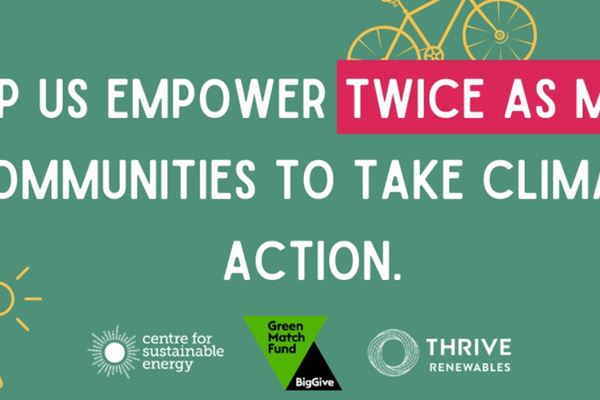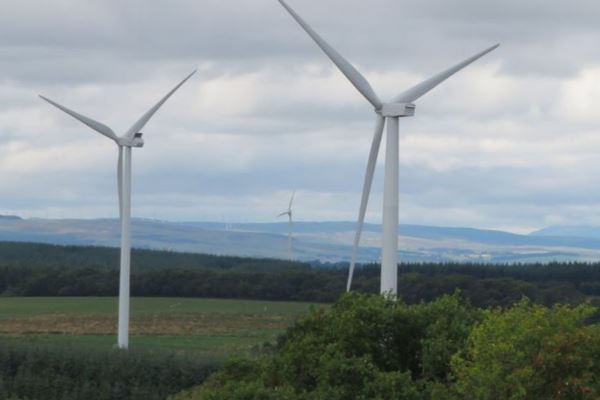We have today published our annual results for 2021, reporting an operating profit of £2.5 million and a turnover of £11 million. Our wind, solar and hydro projects generated just over 110,000 MWh of renewable electricity, enough to power over 30,000 UK homes or 28% of all UK EV journeys. Our portfolio also delivered 49,515 tonnes of Carbon Dioxide emissions reductions, despite low wind speeds during the year and planned operational work at our biggest wind farm, Caton Moor.
Shareholders received a dividend of 7 pence per share in 2021. A 7 pence per share annual dividend is recommended to be paid in July 2022*.
In 2021, we moved forward with our diversification strategy, with the construction of our first 5MW battery storage project, Wicken, and the acquisition of another 20MW project in Bristol, ensuring we create value from all parts of the electricity system in the run up to net zero.
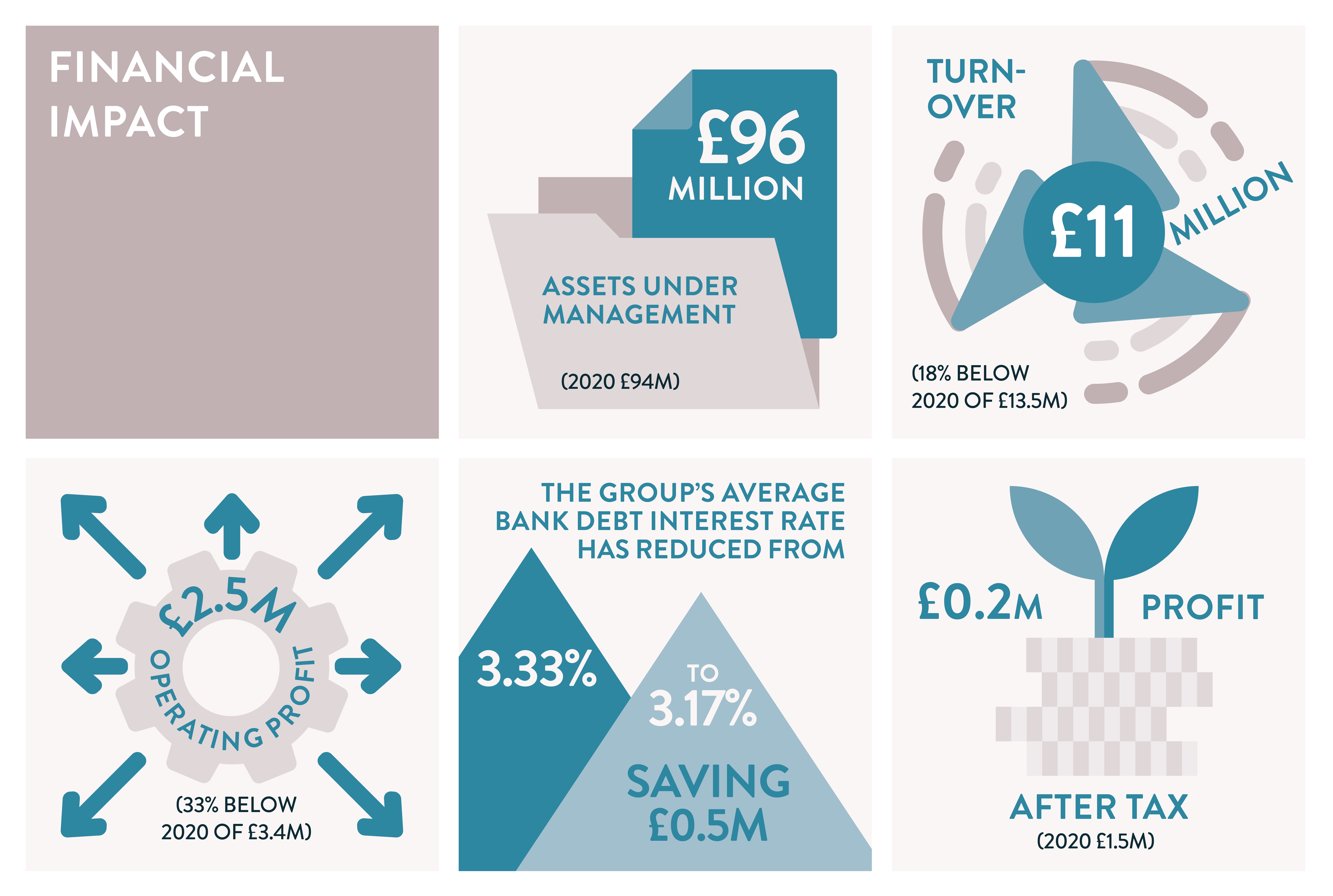
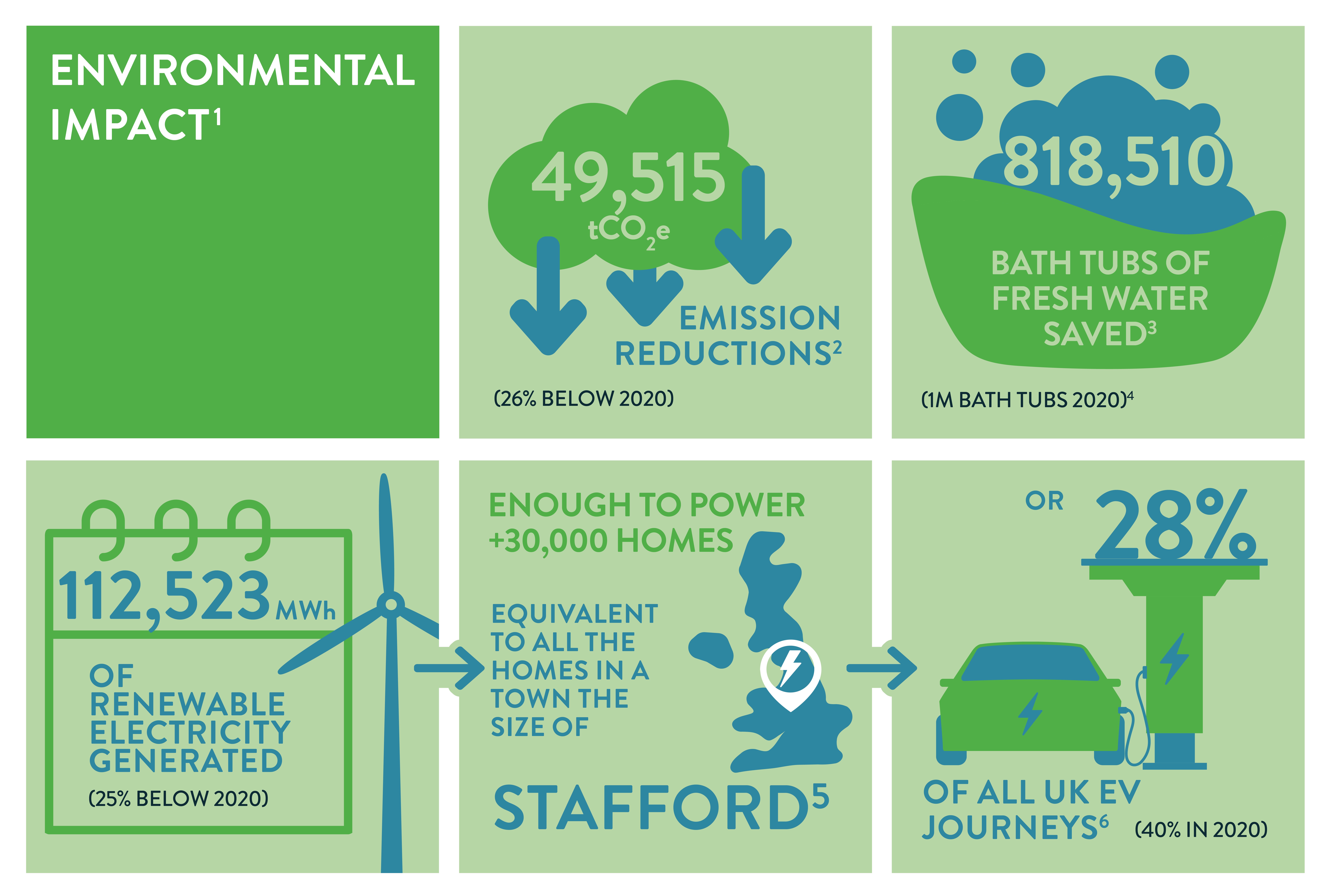
“We have made strong progress in 2021, with the construction and commissioning of our first battery storage project outside Milton Keynes, as well as getting several commercial solar rooftop arrays underway. Capital has also been committed and construction commenced on further new generation and system flexibility assets including a 20MW battery serving Thrive’s home city of Bristol.
"These investments all reflect our need for a wide range of clean energy technologies if we’re to meet net zero, especially following the government’s energy security strategy which aims to see 95% of the UK’s electricity coming from low-carbon sources by 2030. While we were impacted by record low wind speeds in 2021, our portfolio has made a very strong start in 2022 and this, coupled with a growing and diverse pipeline, puts us in an excellent position for accelerated growth this year.” - Matthew Clayton, Managing Director, Thrive Renewables
As a business, we will continue to focus on securing the value of our existing assets, at the same time as adding additional clean energy projects to our portfolio. As the electricity market transitions from a fossil fuel based centralised system to a renewables dominated distributed system, both the range of renewable sources required and the system must change. Thrive will therefore continue to invest into renewable electricity and heat generation in 2022, with the addition of storage and system flexibility to help deliver this transformation. This is especially important given the current energy crisis, with consumers impacted by soaring wholesale gas prices.
“Despite a year of low wind speeds, Thrive has generated 112,523 MWh of renewable electricity, as well as delivering emissions reductions that support the UK’s net zero journey. As the team continues to diversify its project portfolio, I am sure we will see great growth in 2022, furthering the company’s impressive legacy in building the clean energy system of the future.” - Charles Middleton, Senior Independent Director, Thrive Renewables
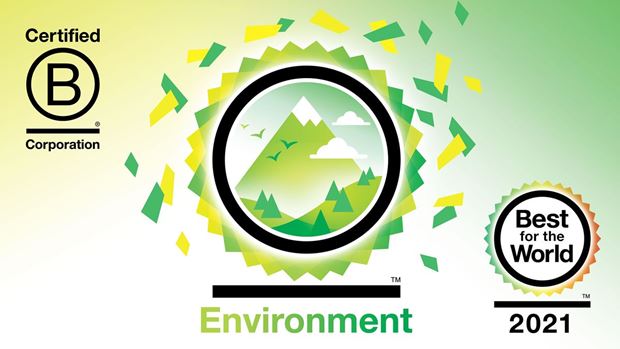
As a Certified B Corporation, Thrive was recognised as one of B Corp’s ‘Best for the World’ companies in 2021, scoring amongst the top 5% of all global B Corps in the environment category. We are also committed to reach net zero emissions by 2030 as part of B Corp’s Climate Collective, with an aim to become carbon negative as soon as possible thereafter.
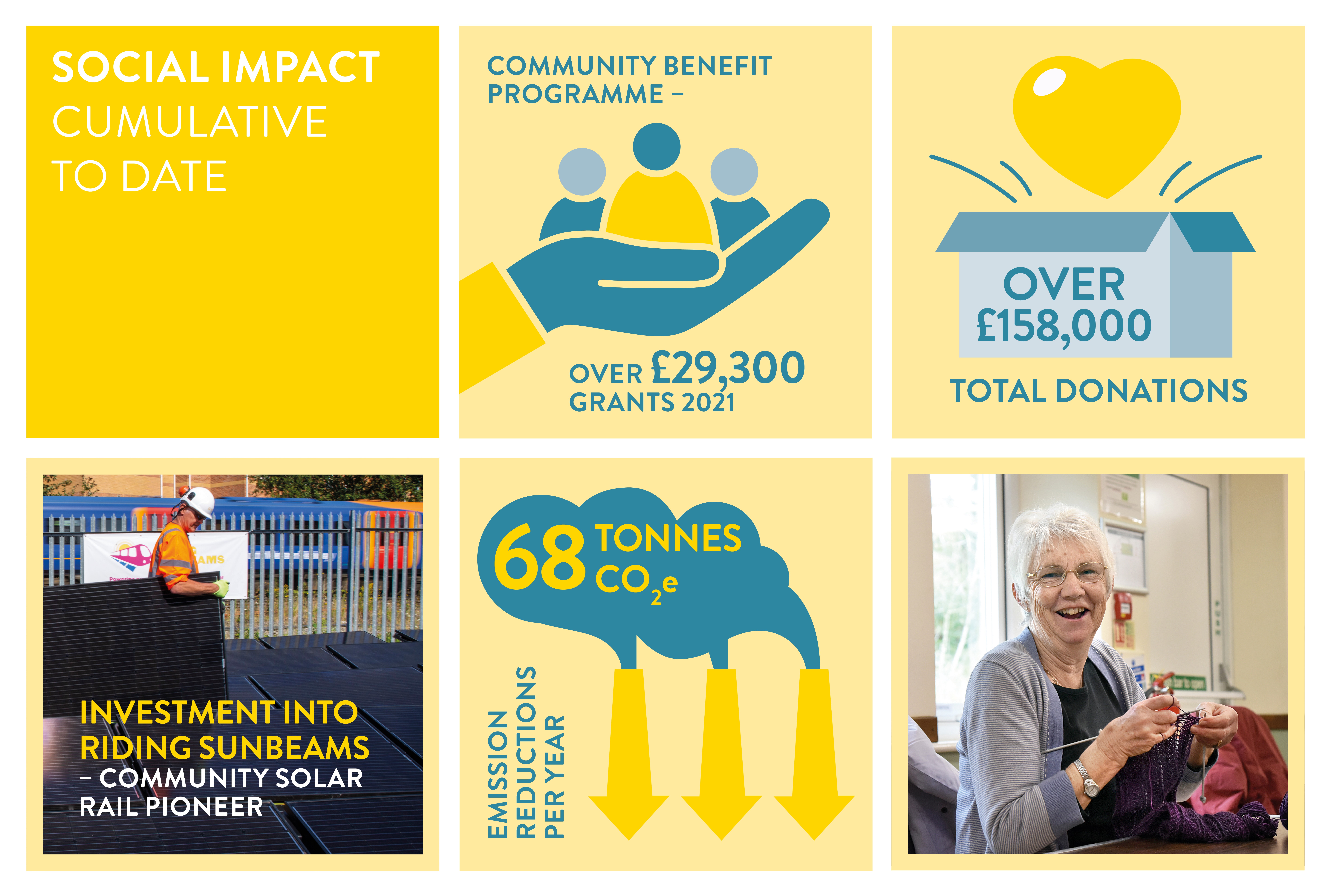
We were pleased to see a record number of communities applying for round five of our voluntary Community Benefit Programme in 2021 and we awarded over £29,000 in total. The scheme is run by the Centre for Sustainable Energy, awarding grants for energy efficiency improvements in shared buildings for communities close to our clean energy projects.
From LED lighting and weatherproof windows to fitting a new, insulated roof, the programme is helping communities to make vital upgrades that reduce the buildings’ carbon footprint at the same time as creating warmer, cosier spaces for people to enjoy. With many community buildings having to close their doors during Covid, it was more important than ever for us to continue supporting these vital local resources.
The grants were awarded to ten buildings across the UK, all located within 30 miles of one of our clean energy projects. This included the Alfriston War Memorial Hall in East Sussex, Pill Village Hall & Community Centre near Bristol, St Mary’s Centre in Whickham, Cumbria, Bedfield & Monk Soham Community Club in Suffolk and Impact Initiatives in Brighton – to name just a few.
This brings our total donations since starting the programme in 2016 to over £158,000, awarding 41 grants to 33 buildings. These improvements save 68 tonnes of carbon dioxide each year.



* Please remember that past performance cannot be relied on as a guide to future returns
References
1 Impact Portfolio describing the Thrive’s share of projects owned plus the projects Thrive is funding.
2 RenewableUK uses BEIS’s “all non-renewable fuels” emissions statistic of 440 tonnes of carbon dioxide per GWh of electricity supplied in the Digest of UK Energy Statistics (July 2021) Table 5.14 (“Estimated carbon dioxide emissions from electricity supplied”). Carbon reduction is calculated by multiplying the total amount of electricity generated by wind per year by the number of tonnes of carbon which fossil fuels would have produced to generate the same amount of electricity.
3 We are not able to source a nationally recognised means of calculating the water saving generated by generating electricity using wind and solar rather than thermal generation. The power sector consumes over 40% of Europe’s water, mainly for cooling purposes. We have identified that nuclear consumes approximately 2.7m3/MWh, gas plants 0.7m3/MWh and coal plants 1.9m3/MWh (https://windeurope.org/). We have performed some crude, but what we consider conservative analysis, using the UKs 2020 generation mix (Energy Trends March 2021 (publishing.service.gov.uk)), to derive a conservative average water consumption per MWh figure. We believe that the 0.58m3/MWh is conservative as it attributes no water consumption to other thermal sources such as oil and bioenergy, or hydro. We have multiplied Thrive’s generation by this factor, assuming that if our renewable projects had not generated this electricity, the UK grid mix would have, arriving at 65,480m3 of water.
4 Water saved figure is lower than 2020 as UK grid used significantly less coal, nuclear and gas in 2020, and Thrive generation was 10% lower.
5 Calculated using the most recent statistics from the Department of Business, Energy and Industrial Strategy (BEIS) showing that annual GB average domestic household consumption is 3,748kWh (as of December 2021, updated annually). Statistics Explained – RenewableUK
6 The average electricity consumption of an electric vehicle is 275Wh/mile (https://ev-database.uk/cheatsheet/energy-consumption-electric-car) and Vehicle Licensing Statistics: Annual 2020 (publishing.service.gov.uk), the average annual car mileage is 6,800 miles (nts0901.ods (live.com), the UK electric car fleet as of Sept 2021 is 216,000 (Vehicle Licensing Statistics: Annual 2020 (publishing.service.gov.uk), and the average annual mileage of 60,179 Electric Vehicles, (27.9% of the UK’s Electric Car Fleet)


